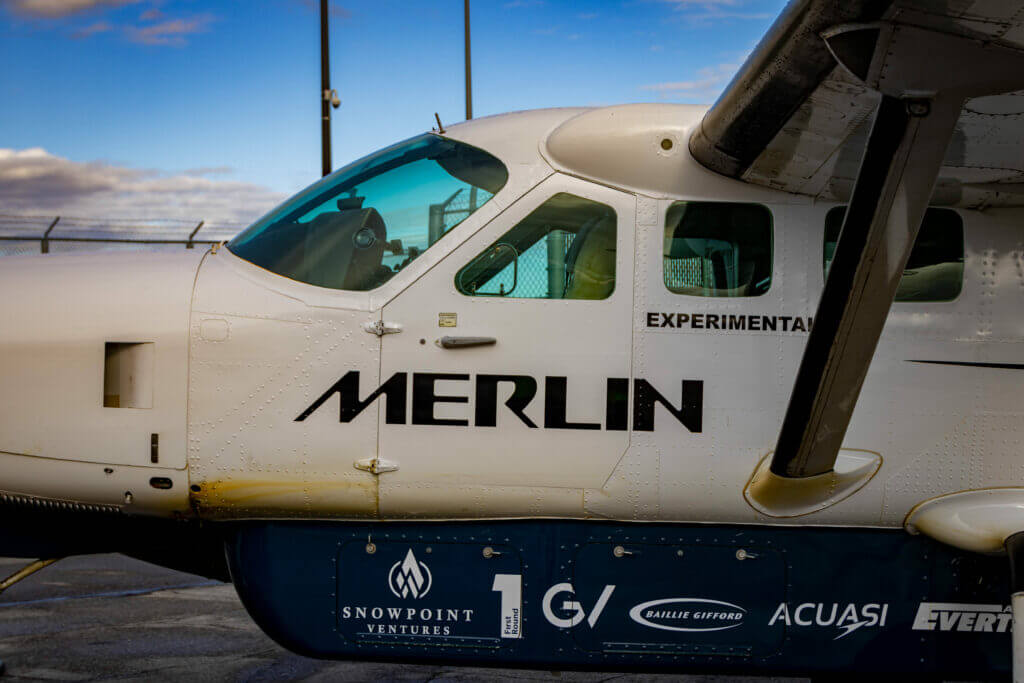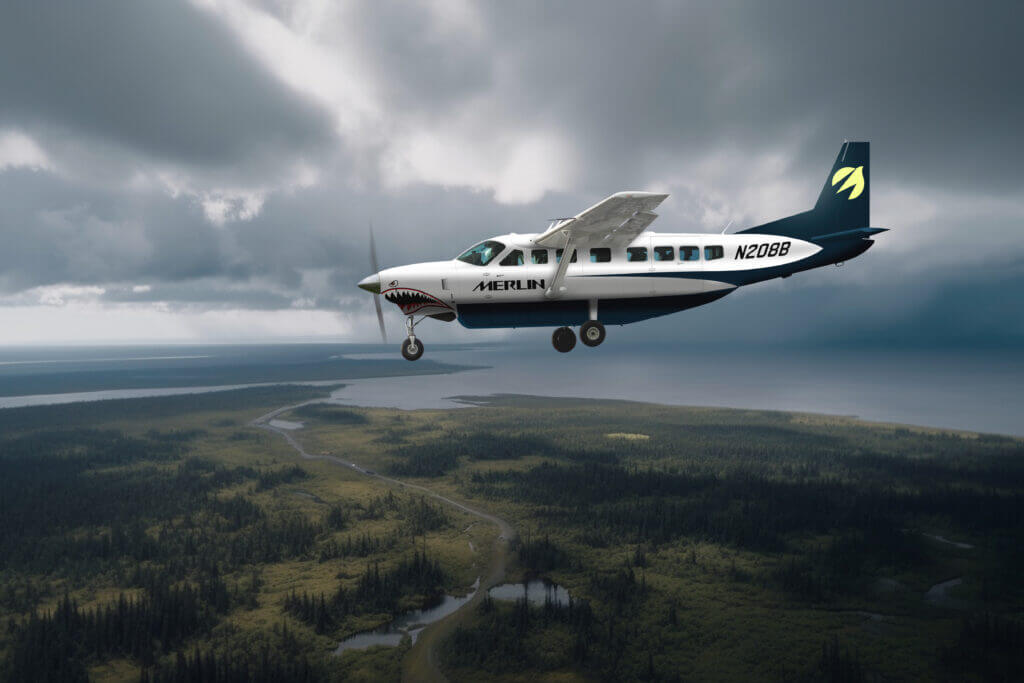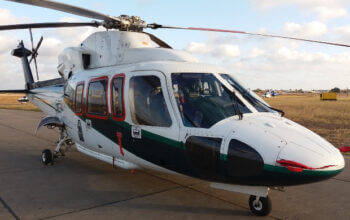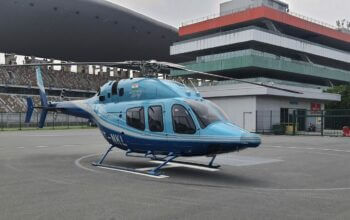Estimated reading time 4 minutes, 55 seconds.
Merlin, an aviation technology company looking to advance automated flight, marked a milestone in early July following the successful completion of 25 test flights in Alaska. The test flights were conducted as part of a $1 million contract awarded to Merlin by the U.S. Federal Aviation Administration (FAA) to demonstrate a highly-automated flight control system, known as Merlin Pilot, together with a safety pilot.
Over 60 hours of systems-on autonomous flight time were conducted with the Merlin Pilot, enabling extensive data collection in a real-world environment with complex terrain and inclement weather. All routes originated from Fairbanks and flew to Fort Yukon, Galena, Huslia, Tanana, and Prudhoe Bay, making Merlin the first autonomous system integrated into the National Airspace System (NAS).
In 2022, Merlin announced $105 million of Series B financing, as well as key partnerships with the U.S. Air Force, New Zealand Civil Aviation Authority, and FAA, which supported the company in the development of its Merlin Pilot hardware and software solution, which integrates into the existing flight deck.

The Merlin Pilot uses artificial intelligence and machine learning to enable aircraft to fly themselves, reducing the need for human intervention and potential human error. The test flights in Alaska — which were conducted in partnership with the FAA-designated University of Alaska Fairbanks Unmanned Aircraft System Test Site and Everts Air Cargo — provided important data to mature the automation technology and progress towards certification.
Earlier this year, Merlin announced that trials were set to begin in the second quarter of 2023 “to enable better access to supplies” for underserved areas of Alaska, an environment often known to challenge even the most experienced pilots.
“Operating in Alaska is a real challenge. I like to say we’re the final exam. If you can fly here, you can fly anywhere as we deal with long distances, extreme climate variations, and limited communications coverage,” said Dr. Cathy Cahill, director of the Alaska Center for Unmanned Aircraft Systems Integration at the UAF Geophysical Institute.
The test flights reached rural areas using crewed aircraft augmented with Merlin’s integrated hardware and software. The Merlin Pilot is capable of monitoring aircraft performance and making real-time adjustments, ensuring a smooth and safe flight.
“As we’ve learned in collaboration with Merlin’s team, it’s very apparent that they are doing this right,” added Cahill. “They use real data to train the onboard automation system to ensure safety.”

Matthew George, co-founder and CEO of Merlin, highlighted the significance of the data gathered from the Alaska flight trials, stating, “It’s exciting to know our technology can successfully reach remote locations in Alaska, proving an important application for autonomy; its ability to assist in dangerous missions.”
Prior to the Alaska trials, Merlin had conducted hundreds of missions with its Merlin Pilot on five different aircraft types from its Mojave, California, flight test facility.
The Boston-based company believes fully automated flights will make air travel safer and more efficient.









Scary, trusting a computer to fully control an airplane. Removing pilots from the flight deck will have bad consequences.
Can’t stop progress…won’t bust minimums…doesn’t get fatigued/tired…the human error will presumably be eliminated.